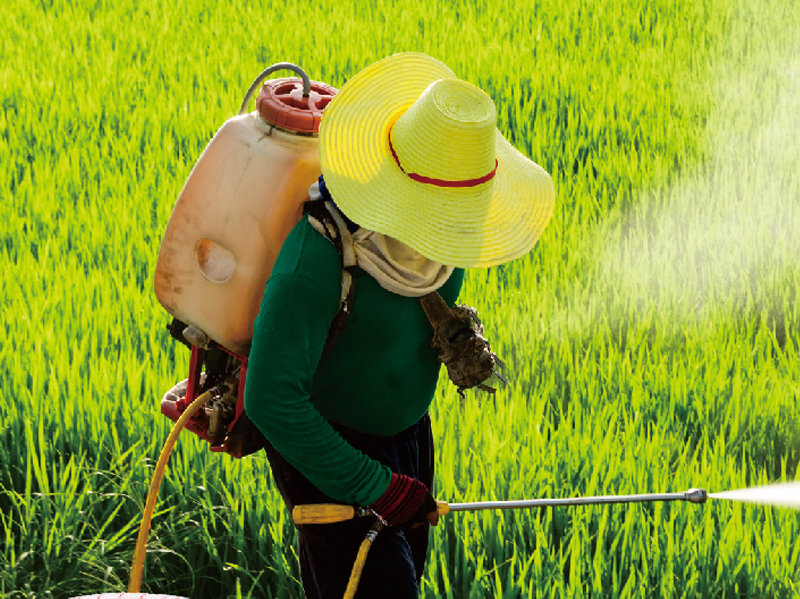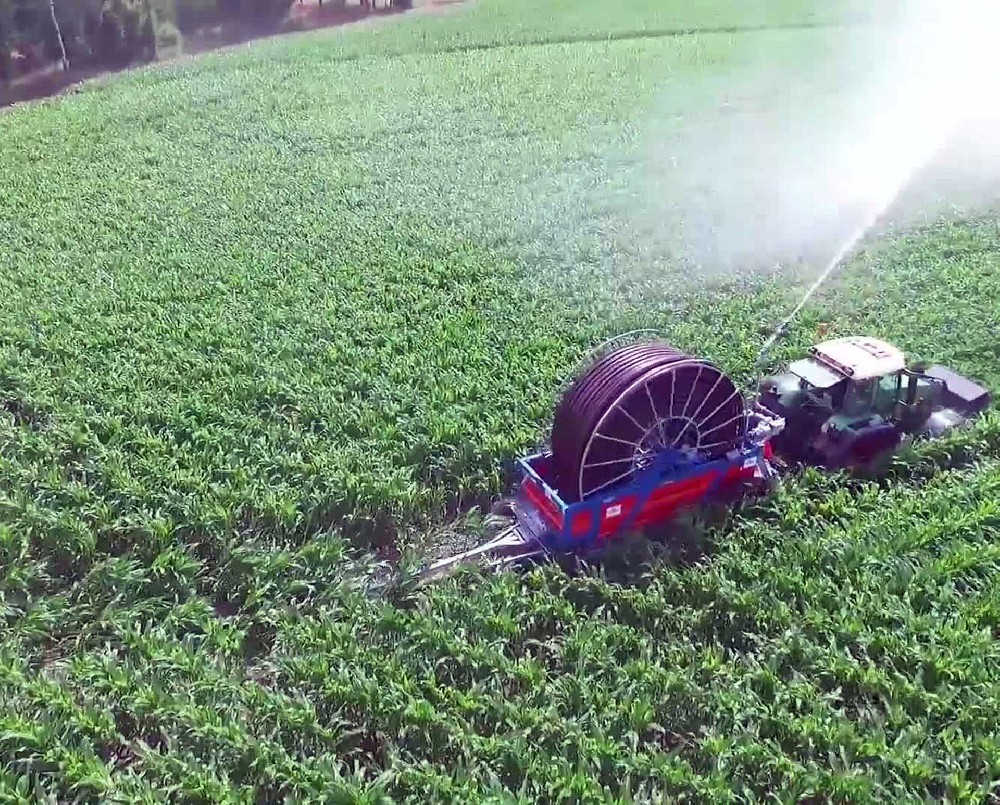Crop spraying is the process of applying herbicides, insecticides and fertilizers. Agricultural sprayers are used to encourage growth and prevent crop loss due to insect pests - including weeds - and prevent plant disease. Agricultural spraying is important for everyone because the public can benefit from the affordability of a wide variety of food and clothing. There are many types of agricultural sprayers and agricultural sprayer parts that can be used because there are many types of agricultural sprayers.
Because there are many types of agricultural spray equipment to choose from, it can be a challenge to find the best sprayers and parts to meet your specific needs, not to mention the price to match your agricultural spray pump. To simplify the process and help you make the best choices for the task at hand, here are some considerations to keep in mind.

1. What type of crops are you spraying?
The type of crop you are dealing with will affect your choice. For example, corn and soybeans have different properties than sunflowers or soybeans.
Suppose you're spraying small fruit crops like strawberries. Or, vegetables like low squash, broccoli or potatoes. You will need a high capacity, high pressure spray machine. You will need a lot of space to penetrate the canopy of leaves above as well as below the leaves.
That's just one example. Products used for crop protection are different because crops have different needs. Pests and underlying diseases are factors. Therefore, the nebulizer needs to be precise to target the right area.
2. How do weather conditions in your area affect your crops?
You use a sprayer to protect crops and encourage them to grow. Although, you only want to treat the area you want. That means protecting the area near the nebulizer.
Therefore, consider moisture content, temperature and even wind speed when preparing for spraying. You will need to make an educated guess as to how far the liquid mixture will travel. You also need to estimate the drying time.

The sprayer you choose must dispense the necessary amount of mixture.
3. Size of area to be sprayed. There are as many types of agricultural sprayers to choose from as there are crops to spray on. For example, depending on the size of the crop, you can choose anything from a manual sprayer with a capacity of one liter to a four-gallon backpack sprayer that can spray for ten hours. A very large job may require attaching a three-point agricultural sprayer to a tractor or ATV.
4. Current status of your device. Before starting a new agricultural spraying job, take the time to evaluate all equipment and agricultural sprayer parts. Once you have identified the parts and equipment best suited to your task, you still need to make sure that all these parts and equipment are in good repair. Perform all tests before starting and replace or repair worn parts. For example, have you checked the spray machine seals to make sure there are no leaks? Also check your stress levels.






